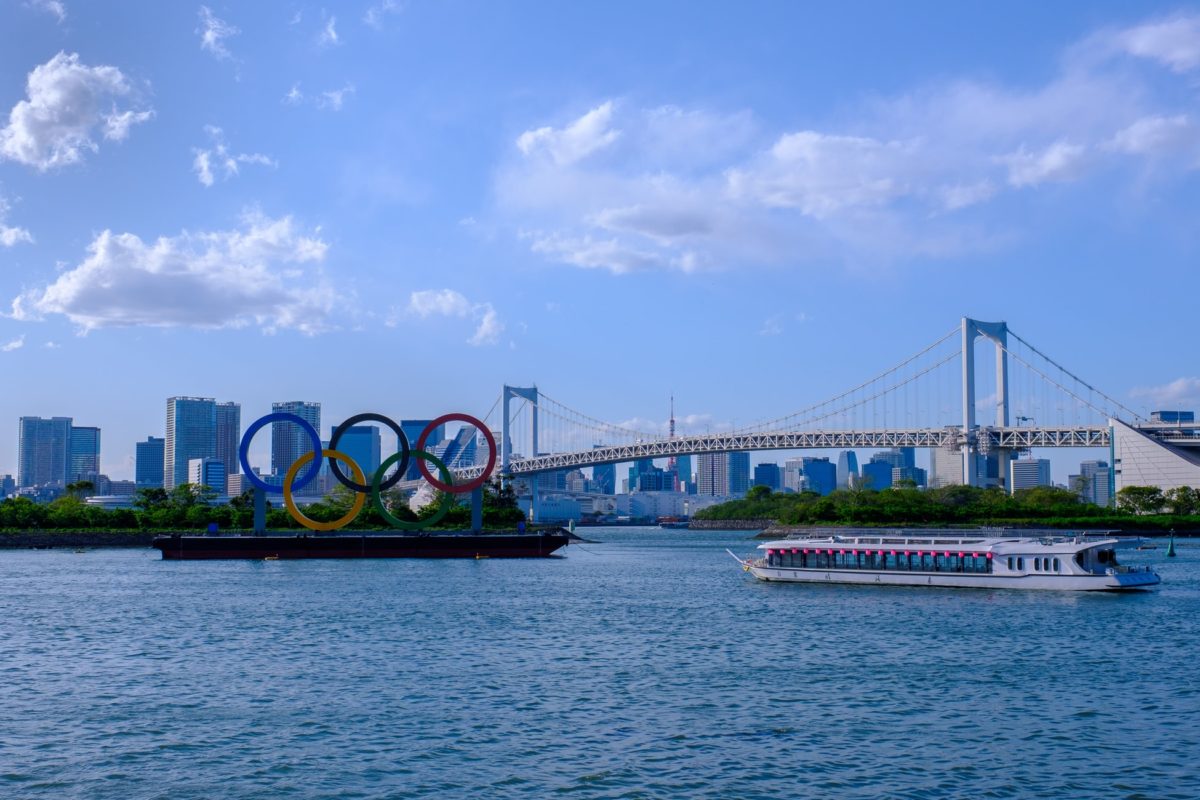
The country’s COVID emergency will continue until a month before the Olympics.
Since the beginning of the COVID-19 pandemic, Japan has recorded about 727,000 infections and 12,597 deaths. Meanwhile, the vaccination effort has been slow going, with only about 6% of the country’s population vaccinated so far, one of the lowest vaccination rates among first world countries. The Japanese government has been constantly workshopping new plans to increase vaccination rates, despite being stymied by miscommunication among prefectural governments, and are hoping to reach 30% vaccination by July.
However, the point of vaccine-induced safety is still very far off, which is why the Japanese government has decided to extend its COVID state of emergency once again, this time until June 20. The state of emergency was originally scheduled to end at the end of May, but as hospitals fill up with new and critical cases, the government cannot justify returning to a pre-emergency state just yet.
“In Osaka and Tokyo, the flow of people is starting to creep up, and there are concerns that infections will rise,” said Economy Minister Yasutoshi Nishimura.
Currently, the biggest COVID-related concern is with the repeatedly-delayed Tokyo Olympics. According to recent opinion polls, the majority of Japanese citizens want the Olympic games to be cancelled out of fears of spreading mutant coronavirus strains. The International Olympic Committee, which is apparently dead-set on holding the games at their appointed date in July, has come under heavy fire from citizens, corporations, and doctors who believe holding the Olympics is an invitation to disaster.
Some Japanese politicians are of the belief that cancelling the games entirely would reflect poorly on Japan as a country. “The demerits would outweigh the merits,” Liberal Democratic Party MP Hajime Funada told Reuters. “It would give the impression that Japan is in such dire straits it cannot hold the Games.”
As of writing, the games are still scheduled to proceed, though decisions still need to be made on how many spectators will be permitted in the stands, if any.
